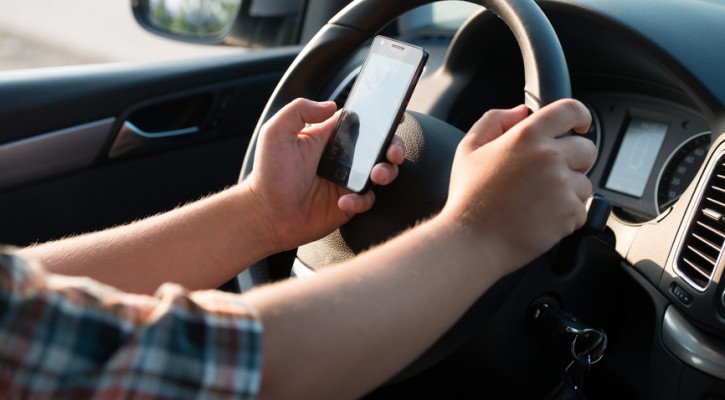
National Teen Driver Survey Highlights Distractions on the Road
February 15, 2007
It has been said time and again, that inexperience is the number one reason teen drivers and their passengers are at risk of injury or death as a result of car accidents. A combination of immaturity, inexperience, and indifference all add to the problem. Teen drivers haven’t had the opportunity to learn which distractions are dangerous when behind the wheel, and the consequences of letting those get in the way of safe driving.
When the community understands why teen drivers act the way they do behind the wheel, educating them becomes a whole lot more productive. Therefore, studies are done nationwide to determine the safe and risky habits of teen drivers and their passengers.
One such study, sponsored by Children’s Hospital of Philadelphia and State Farm Insurance Company, asked teens what actions performed during driving were unsafe. You might be surprised by some of their answers.
According to the National Teen Driver Survey, which gathered scientific data on more than 5,600 high school students, teens reported seeing the following distractions taking place at least some of the time:
- 93% said they see peers riding with teenage driver, who are often singing, bouncing in their seat or acting wild.
- 92% reported seeing teen drivers speeding.
- 85% reported loud music from cars of teen drivers.
- 79% said they see teens sing and even dance while driving.
- 76% said they see teens drive while struggling with negative emotions, such as failing grades or relationships.
- 53% said they see teens using hand held games and listening devices or sending text messages while driving.
- 38% said they have seen teens drive after smoking marijuana.
With distractions such as singing, dancing, or dealing with life’s problems, it’s easy to see why auto accidents are the leading cause of deaths for teen drivers. We all know how hard it is to drive while just changing the radio station, let alone holding and pushing buttons on a cell phone or mp3 player. Teen drivers need to know these distractions can be deadly, and hopefully this study combined with quality driver education classes will bring this issue to light.
